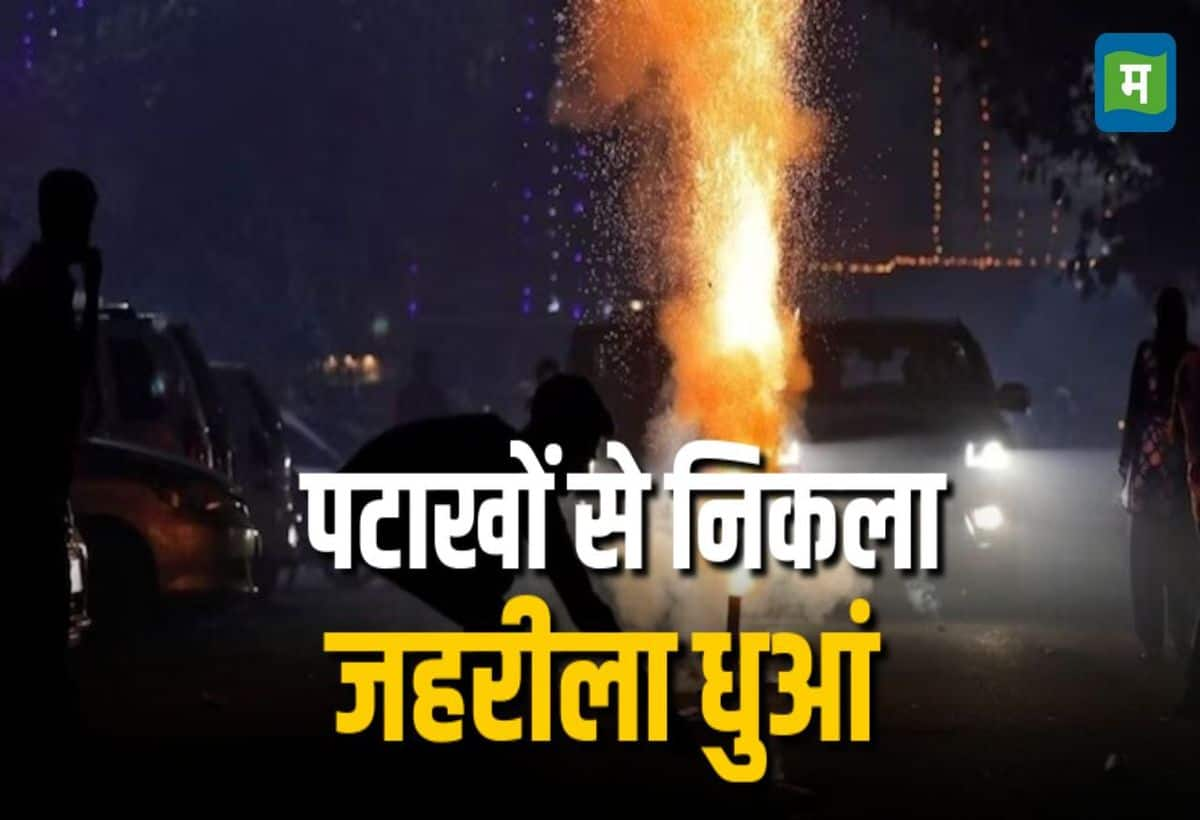Diwali, the Festival of Lights, is celebrated with great enthusiasm across India, but the aftermath of this vibrant festival often brings alarming air pollution levels. Cities like Delhi and many other states suffer from significant pollution issues following the festivities. This article explores the impact of Diwali on air quality and offers insights into how this beloved festival contributes to environmental concerns.
Understanding Diwali and Its Significance
Diwali, celebrated by millions, marks the victory of light over darkness and good over evil. It involves decorating homes with lights, exchanging gifts, and, notably, the bursting of firecrackers. While the celebrations create joyous memories, they also leave behind severe consequences for air quality, particularly in metropolitan areas like Delhi.
The Connection Between Diwali Celebrations and Air Pollution
The use of firecrackers during Diwali releases an array of pollutants into the atmosphere, including particulate matter (PM), sulfur dioxide (SO2), and nitrogen oxides (NOx). These emissions can lead to spikes in hazardous air quality index (AQI) levels, posing significant health risks to the population, especially vulnerable groups like children, the elderly, and individuals with pre-existing health conditions.
Health Impacts of Air Pollution Post-Diwali
Air pollution caused by post-Diwali festivities can lead to various health issues, including respiratory illnesses, cardiovascular problems, and even eye irritations. The fine particulate matter (PM2.5) emitted from firecrackers can penetrate deep into the lungs, exacerbating asthma and other chronic pulmonary diseases. Additionally, the poor air quality can trigger allergies and increase the risk of heart attacks, making it crucial for people to be aware of these risks.
Mitigating Air Pollution: Sustainable Celebrations
Awareness around the environmental impact of Diwali has led to initiatives promoting greener celebrations. People can opt for eco-friendly firecrackers or entirely forgo their use. Here are some sustainable practices to consider:
1. Eco-Friendly Alternatives
- Use of noise-free and less polluting firecrackers
- Substituting fireworks with laser shows or light displays
2. Promoting Awareness
Educational campaigns focusing on the health risks and environmental impact of traditional firecracker use can encourage communities to foster more sustainable practices during Diwali.
3. Planting Trees and Urban Greening Initiatives
Taking part in tree plantation drives can help improve air quality in the long run and promote a greener environment.
Conclusion
While Diwali is a cherished celebration in India, its association with rising air pollution levels in the aftermath poses a significant challenge. By adopting more sustainable practices and increasing awareness about the environmental impact of fireworks, we can protect our health and enjoy this beautiful festival responsibly. Let’s work together for a cleaner, greener future while keeping the spirit of Diwali alive!
